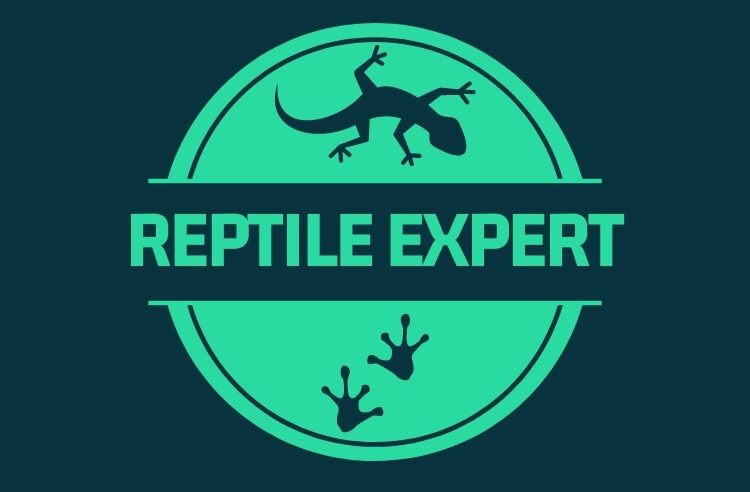Reptiles are susceptible to a wide range of diseases – some of them uniquely their own, while the others affect a much wider range of species. Anyone who has had anything to do with keeping reptiles can name most of the more common illnesses and ailments likely to afflict their pets, but there are a few health threats that are less well known.
Here’s our guide to five of them.
Amoebiasis
Also sometimes known as Entamoebiasis or Amoebic Dysentery, this is a serious and important disease of reptiles, which affects the blood vessels and mucous membranes of the gut. Amoebiasis is technically described as a protozoonosis – an illness caused by parasitic protozoa, in this case one of the anaerobic members of the genus Entamoeba.
Symptoms include slimy, watery and foul-smelling faeces, which often contain blood, regurgitation, excessive thirst and a refusal to eat – and spotting them is the trigger for a swift trip to your vet. Early treatment is the key to survival, since left unchecked, infection can spread throughout the unfortunate reptile’s body in the blood stream and death then becomes almost certain.
It is a particular problem for snakes; lizards are almost as prone to the ailment, but chelonians seem to be less susceptible.
Cryptosporidiosis
Caused by the coccidian parasite Cryptosporidium, safeguarding against cryptosporidiosis in humans has become an increasingly important concern for the water industry over recent years but all vertebrates can suffer, and reptiles in particular can be badly hit. Once again, it seems to affect snakes and lizards most.
The general symptoms of this disease are weight loss and regurgitation – the returned food being typically covered with a coating of mucus – but probably the single most diagnostic sign in chronic cases is a swollen stomach. Although the condition itself is not actually fatal, the debilitation and dehydration it causes often kills if left untreated, so it is important to reverse the potentially life-threatening loss of fluids as quickly as possible – and particularly in badly affected animals, that almost always calls for professional help. There is no true therapeutic cure as such, but a small number of antibiotics, particularly paromomycin, have been shown to be beneficial.
With all gut-borne and easily transmitted diseases, prevention is always the best policy and a regime of good hygiene can be a major factor in avoiding problems.
Hepatic Lipidosis
Otherwise known as fatty liver disease, as the name suggests hepatic lipidosis is a condition in which the animal’s liver becomes infiltrated by large amounts of fat, making the organ appear swollen and yellowish. There are many causes, including a range of metabolic disorders, poor husbandry and stress, particularly in wild-caught specimens, and though it is seldom fatal itself, it can be an important indicator of bigger underlying problems with your pet.
It is a particular problem in larger lizards such as monitors, especially Bosc’s Monitor (Varanus exanthematicus) and Bearded Dragons (Pogona vitticeps), although almost any species can be affected and obesity is often a factor in the disease. Typically a well-fed animal goes off its food and begins to subsist on its own fat reserves and getting your reptile to feed again is often the key to avoid further deterioration. It’s definitely time to call for help if you suspect fatty liver disease, since force-feeding, antibiotics, steroids and vitamin injections may all be required, depending on the individual case.
Nutritional Secondary Hyperparathyroidism
Commonly abbreviated to NSHP, nutritional secondary hyperparathyroidism is a health problem almost unknown in the wild, caused by an imbalance in captive reptiles’ calcium to phosphorus ratio. Functionally, it is the result of too high a level of phosphorus – though this doesn’t automatically mean that too much of this mineral is present in the food; it can also be caused by a calcium deficient diet disturbing the proper proportions, or vitamin D insufficiency affecting the metabolism of the minerals. There is also some evidence that genetic predisposition plays a major part in an individual animal’s likelihood of developing the problem.
The effect is weak and softened bones, and the condition is commonly called rickets in juvenile reptiles and osteomalacia in adults. Fortunately the combination of a good diet and the correct use of an appropriate mineral supplement is usually enough to guard against the onset of this ailment – although reversing it once it is established is not an option.
Panophthalmitis
This is an unpleasant, slowly progressive infection of snakes which can ultimately lead to blindness and death. It is caused by a gram-negative bacterium which spreads up the snakes tear duct – which connects with the roof of its mouth – into the space between the animal’s cornea and the transparent ocular scale which covers its eye. This causes considerable inflammation, swelling and discolouration, making the snake blind and potentially calling for the surgical removal of the eye to save the snake’s life.
Panophthalmitis is almost always associated with less than ideal living conditions, so fortunately a regime of careful hygiene, a proper diet and general good husbandry should mean that you’re unlikely to be troubled by it.
Many of the diseases that affect reptiles are linked in some way to their captive environment – their diet, conditions or care. Looking after any animal is a big responsibility, but when it comes to keeping exotic pets, it becomes all the greater and their well-being rests entirely on us. It’s a huge weight on our shoulders, of course, but it also means that with care and sufficient attention to getting everything right, while your animals aren’t guaranteed to escape illness, they’ve certainly got the best possible chance and with luck, all your trips to the vet will be routine ones.
